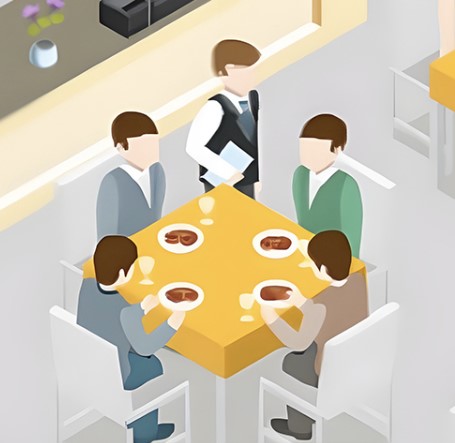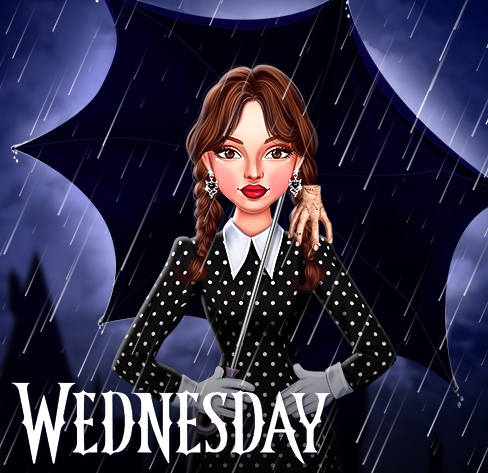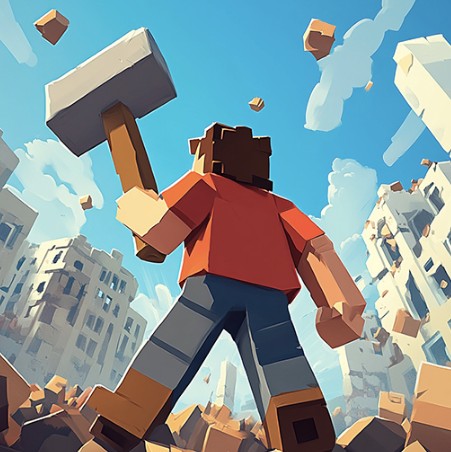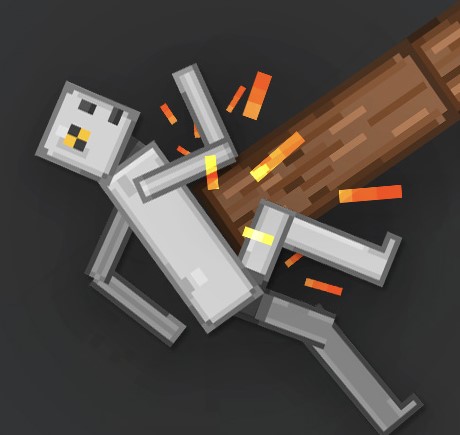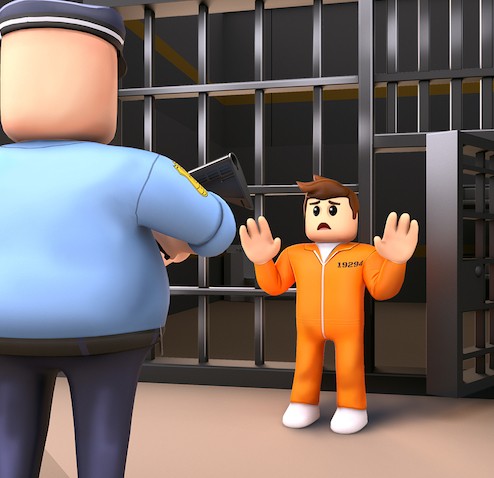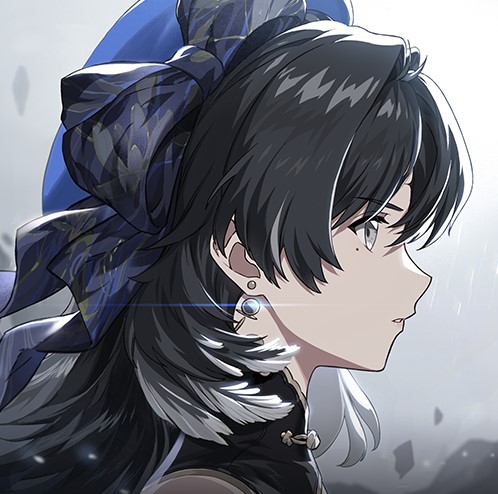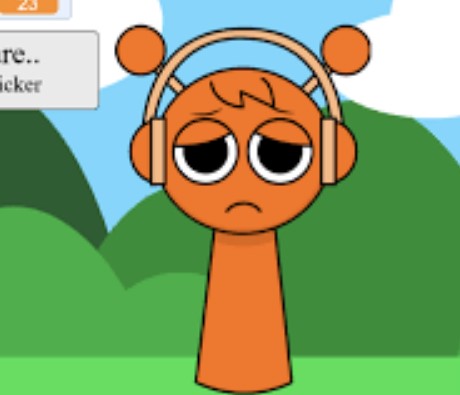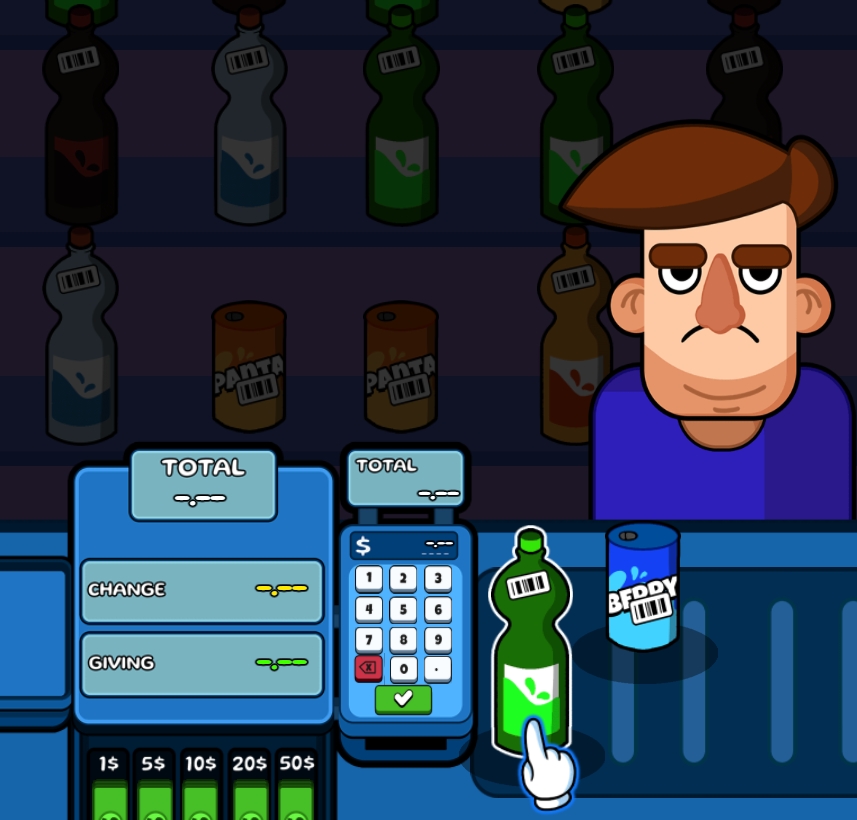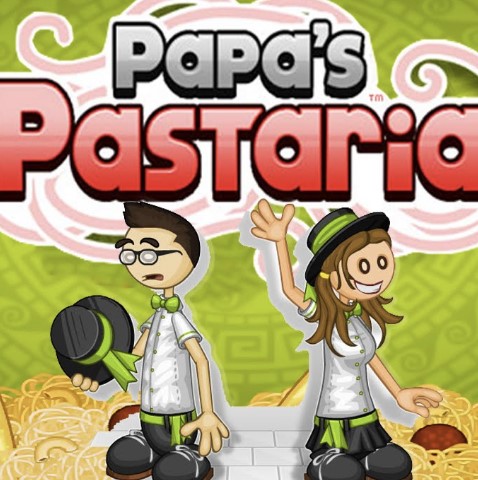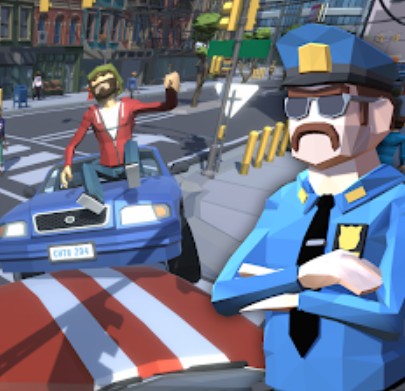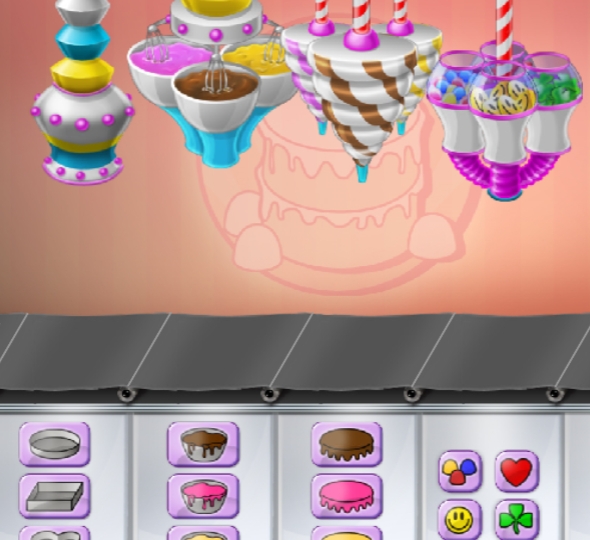
Purble Place Original
Purble Place Original isn’t just a game. It’s a Windows-era cultural artifact—a deceptively simple trilogy of mini-games that quietly shaped the minds of millions of kids growing up in the 2000s. Installed on countless school and home computers, it became a quiet obsession: one you didn’t download, but one you discovered.
It looks like a cheerful game about cakes and funny little people in hats. But beneath its pastel surface, Purble Place hides a surprising amount of logic, memory, pattern recognition, and deduction—cleverly disguised as fun.
A Game in Three Worlds
- Comfy Cakes – This isn’t just a bakery. It’s a streamlined factory disguised as a kitchen. You assemble cakes to match a constantly changing list of requirements—flavor, shape, icing, toppings—and if you mess up, the conveyor belt doesn’t wait. Behind the frosting, it’s an introduction to systems thinking, sequencing, and error handling. You’re not just baking—you’re learning how machines work.
- Purble Pairs – Classic memory, sure. But play long enough, and you start watching your own mind. Do you remember where that hat was because of visual detail—or because you saw it two seconds ago? You begin to self-correct, slow down, focus. It’s not a game about matching—it’s a mirror for your own attention span.
- Purble Shop – A cute little character customization game? Think again. This is a visual logic puzzle, almost identical to the board game Mastermind. You’re not choosing a nose or a hat—you’re deciphering a secret code using deductive logic and symbolic feedback. Red and white circles become your only clues in a tightly packed battle of guesswork and refinement.
Why It’s a Cult Classic
Purble Place was never marketed. It never had DLCs, sequels, or merch. And yet, it’s unforgettable. Why?
- Installed by default – It wasn’t downloaded. It just existed. Like Notepad. Like Minesweeper.
- Timeless Design – No text walls, no tutorials—just pure interaction. A child could play it without knowing how to read.
- Emotional Memory – It’s tied to school libraries, family desktops, rainy afternoons, and early curiosity.
And like all great cult games, it didn’t need fame to become legendary. For many players, it was the first time they solved a logic puzzle, tracked visual memory, or managed a production line—and they didn’t even know it.
Purble Place Was Never Just a Game
It was a hidden teacher, a playful brain trainer, and a nostalgic icon in disguise. Long before brain-training apps or minimalist mobile puzzles, Purble Place showed us that learning and fun could blend into something seamless. And that, more than anything, is why it endures—not just as a game, but as a shared memory.

